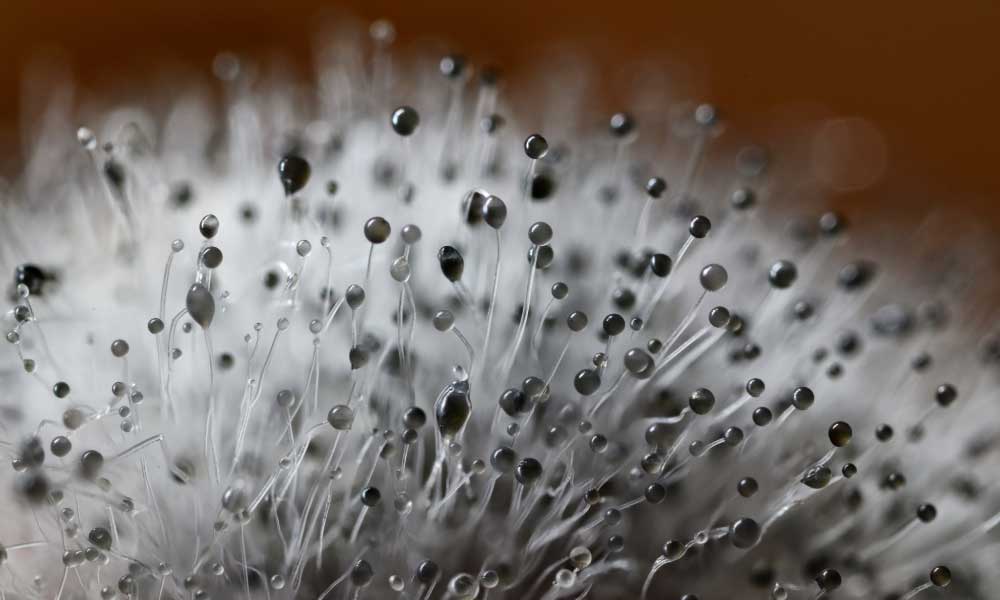Anaphylaxis is the worst-case scenario when it comes to allergies. It’s an allergic reaction that affects the entire body and requires immediate intervention as it can be life threatening.
What is anaphylaxis and why does it occur?
Like with other allergic reactions, anaphylaxis transpires because the body interprets a protein in a food or other substance as problematic – when, it’s harmless to most people.
Within minutes of eating the food or encountering the substance, for example some medications, insect stings, chemicals, or rarely other airborne allergens, the body reacts by releasing a flood of histamine into the bloodstream.
Signs of anaphylaxis can come in phases:
- At first, the body may respond with itching on the body, like patches of hives, or itching in the mouth.
- The hives may begin to spread, and the mouth itching may turn into swelling and impact the eyes, lips, and tongue.
- The throat may begin to feel like it’s closing, and airways start to constrict, making it hard to breathe. Chest pain and weak pulse are common, along with dizziness.
- With such a low blood pressure at this phase, losing consciousness and blood flow to vital organs can lead to death.
At the first sign of anaphylaxis, it’s important to inject epinephrine and call 911. Epinephrine reverses the reaction by adding adrenaline to the bloodstream to:
- Relax airways and allow oxygen back into the bloodstream
- Raise blood pressure and keep heart pumping
- Keep blood circulating and moving toward vital organs
Epinephrine works quickly, but its effects are short-term – it’s imperative to call 911 and get immediate medical attention after injection.
Avoiding anaphylaxis
The idea of anaphylaxis causes fear, and many food-allergic individuals, or parents of food-allergic children, look for ways to avoid future anaphylactic reactions. Providers at AAOL have helped hundreds of thousands of patients reduce the severity – or eliminate all together– reactions from their allergies.
At your first appointment at AAOL, providers will do a thorough history, exam and allergy testing to determine which allergens cause your symptoms, and pinpoint specifically how sensitive you are to those things. If you’re a candidate, your provider may then recommend allergy drops following The La Crosse Method™ Protocol.
Allergy drops are custom to each patient and contain tiny amounts of the allergens identified by your testing. This slow introduction helps the body learn to not react to problem allergens, and over time, the amount of allergen is increased. Some people can add a level of safety in case of accidental exposure, and others can safely add foods back into their diets.
Though most allergies can be addressed through allergy drops, injection immunotherapy is still the preferred treatment for sensitivity to hymenoptera, or stings from bees, wasps, and a class of other insects.
Request an Appointment
